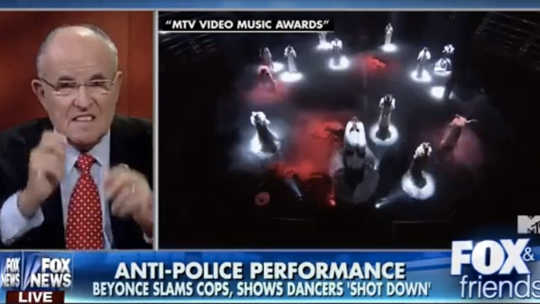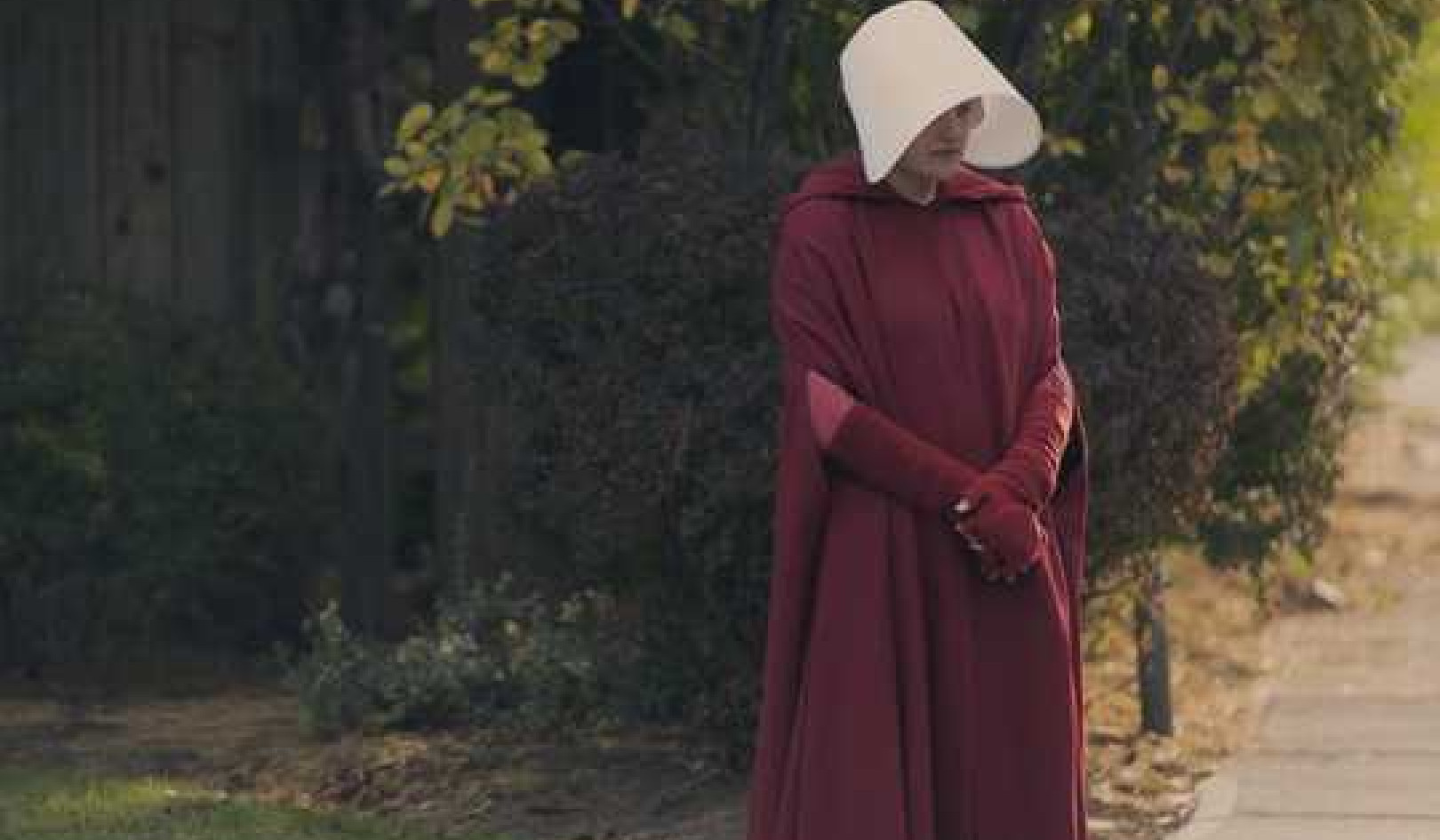
Storytelling is a key part of human culture. Where politics and power are concerned, stories become something not only to be told, but to be shaped and influenced – so that, in many cases, they are used to mislead or deceive. Recent research for a lecture on “fake news” led me to wonder if there was a reason why it seems to spike at certain times. I came to the conclusion that three main factors seem to create the conditions for fake news to surge: a step change in communication or communication technology coupled with political uncertainty and armed conflict. ![]()
There’s no doubt that the world is still learning to adapt to the impact of social media. Twitter was a fledgling platform ten years ago, now it’s the way the president of the United States talks to the world. It allows him to feel in control of his message. Political power has always wanted to do that: from the battles of the ancient world right the way through human history. In Britain, one might think of the Tudor dynasty’s attempts to control what was at the time new media – the printing press – to consolidate their initially tenuous hold on the English throne in the late 15th century.
This was a time of both political uncertainty and armed conflict – and the printing press played its major role in creating that conflict and instability.
Snow job
With the benefit of hindsight, Napoleon Bonaparte’s campaign in Russia is remembered as a military disaster – but it didn’t look like that to begin with, as the Grande Armée advanced on Moscow. The Russian commander, Marshal Kutuzov – facing questions over his tactics – made sure that when the tide started to turn his way, he made the most of it. Battle trophies were shown off to the soldiers. “Whatever his limitations as a tactician, Kutuzov was a master when it came to public relations, and his troops’ morale,” wrote Dominic Lieven in Russia against Napoleon.
Few in the rank and file of Kutuzov’s army would have been able to read or write. The only accounts of the action would have been from official dispatches, or officers’ diaries and letters. The message was fairly easily controlled.
Russia’s war against France, Britain and Turkey, later in the 19th century was a different matter. The Crimea of the 1850s is remembered in journalism history for the debut of the “miserable parent of the luckless tribe”, as William Howard Russell – usually considered the first war correspondent – described himself.
His pioneering reporting had influence long beyond his era. The British government was not just worried about the enemy when World War I broke out. They were worried about the press. Soaring newspaper circulations and literacy rates which had greatly increased as the result of widening education – not to mention the huge ambitions of the press barons of the age – meant that the newspapers were credited with unprecedented influence. Strict legislation was passed to ensure they did not use it in a way likely to contradict the government. Some did try to report freely, but were stopped. At least one, Philip Gibbs, who later toed the government line, was threatened with being shot.
Those who were allowed to report sent uplifting accounts that soldiers did not recognise. There were infamous atrocity stories, too – one of the most shocking being that the Germans were boiling down human corpses for soap. It was fake news of the worst kind.
Broadcast power
The next time Europe went to war and dragged in large parts of the rest of the world, radio dominated. Never before had the human voice had the ability to be a simultaneous, mass medium. Its novelty spawned new propaganda opportunities. Among the most infamous exponents was William Joyce, known as “Lord Haw-Haw” who broadcast Nazi propaganda in English. The nickname was an attempt to undermine him. He was taken seriously enough, though, to be hanged as a traitor after the war.
The Cold War – a time of massive political tension, and proxy wars – produced fake news that grabbed global attention. Among them: the KGB-inspired canard, Operation INFEKTION, which tried to convince people that the AIDS virus was a product of US biological warfare experiments. There was an uncanny contemporary echo of this when RT seemed to give credence to stories that the US department of defense might be to blame for Ebola.
{youtube}9VCu04-FM8s{/youtube}
The big lie
So “fake news” is not new. What arguably is new is its scale, and participatory nature. Today, anyone with access to social media can join in. Political instability and war – such as the world is plagued with today – create the incentive for governments and individuals to do so, and new technology and uses of that technology have made it easier to spread.
If there is good news in the age of fake news, it is this: previous fake news eras have come to and end. Politicians and publics have become familiar with the way new media work and have done so in the eras of journalism from printing to mass circulation newspapers to broadcasting and now social media. Journalism regained trust and credibility after World War 1. It can again.
About The Author
James Rodgers, Senior Lecturer in Journalism, City, University of London
This article was originally published on The Conversation. Read the original article.
Related Books
at InnerSelf Market and Amazon




























